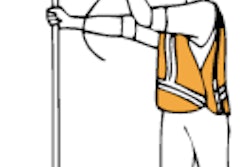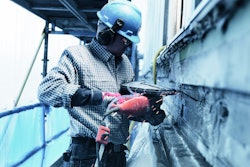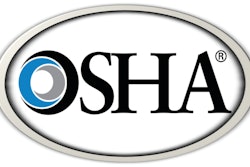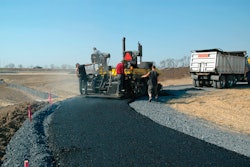
Each year the flu accounts for 200,000 hospitalizations, 41,000 deaths and an economic impact in excess of $80 billion. However, the risk of outbreak in your place of employment can be significantly lowered through the implementation of engineering controls, administrative controls and work practices.
Engineering controls
Engineering controls involve changes to the work environment to reduce work-related hazards. These types of controls are preferred because they make permanent changes to reduce exposure to hazards and do not rely on worker or customer behavior. By reducing a hazard in the workplace, engineering controls can be the most cost-effective solutions for employers to implement.
Examples include:
- Installing physical barriers, such as clear plastic sneeze guards.
- Installing a drive-through window for customer service.
- Using specialized negative-pressure ventilation for aerosol-generating procedures in healthcare settings.
Administrative controls
Administrative controls are practices and policies designed to prevent exposures. The usage of administrative controls is not as effective as engineering controls because of dependence upon management and employees for implementation.
Examples of administrative controls include:
- Developing policies that encourage ill workers to stay at home.
- Developing practices to minimize face-to-face contact between workers such as extended use of email, websites and teleconferences.
- Relying on home delivery of goods and services to reduce the number of clients or customers who must visit your workplace.
Work practices
Work practices are procedures designed to reduce the duration, frequency or intensity of exposure to a hazard. When defining safe work practice controls, ask employees for their input, since they have firsthand experience with the day-to-day tasks.
Examples include:
- Providing a work environment that promotes personal hygiene. For example, provide tissues, no-touch trash cans, hand soap, hand sanitizer, disinfectants and disposable towels.
- Encouraging workers to obtain a seasonal flu vaccine.
- Providing workers with up-to-date education and training on flu risk factors, protective behaviors, and instruction on proper behaviors (for example, cough etiquette; avoiding touching eyes, nose and mouth; and proper care of PPE).



















